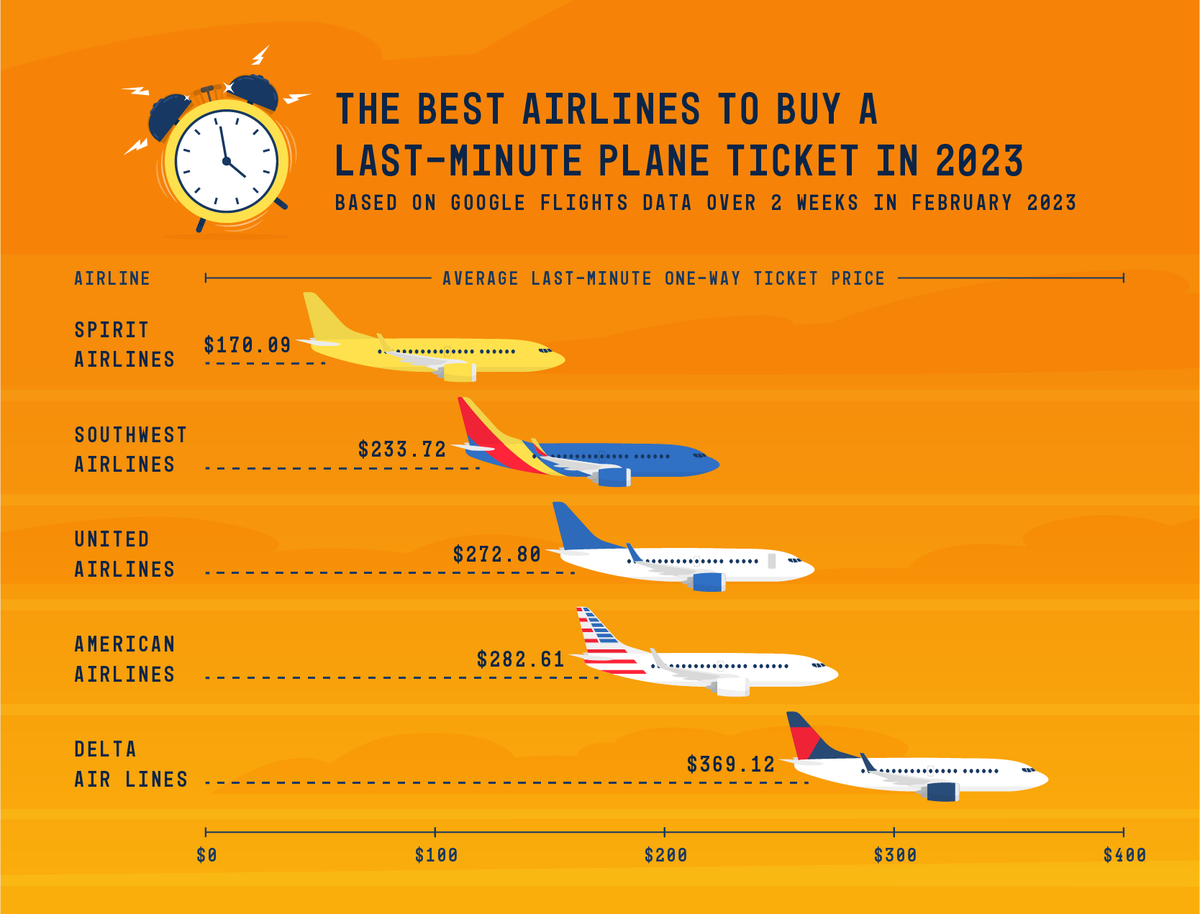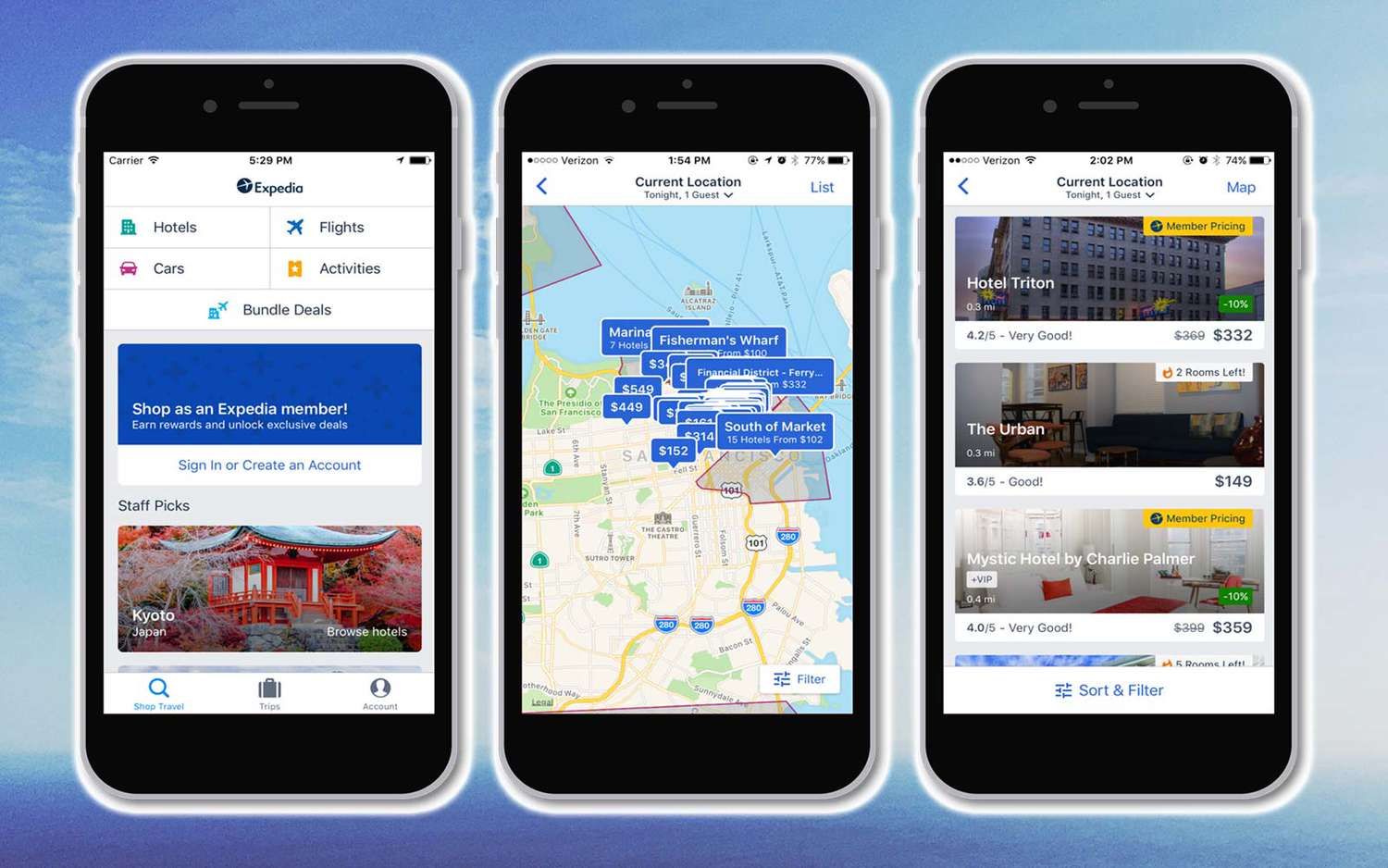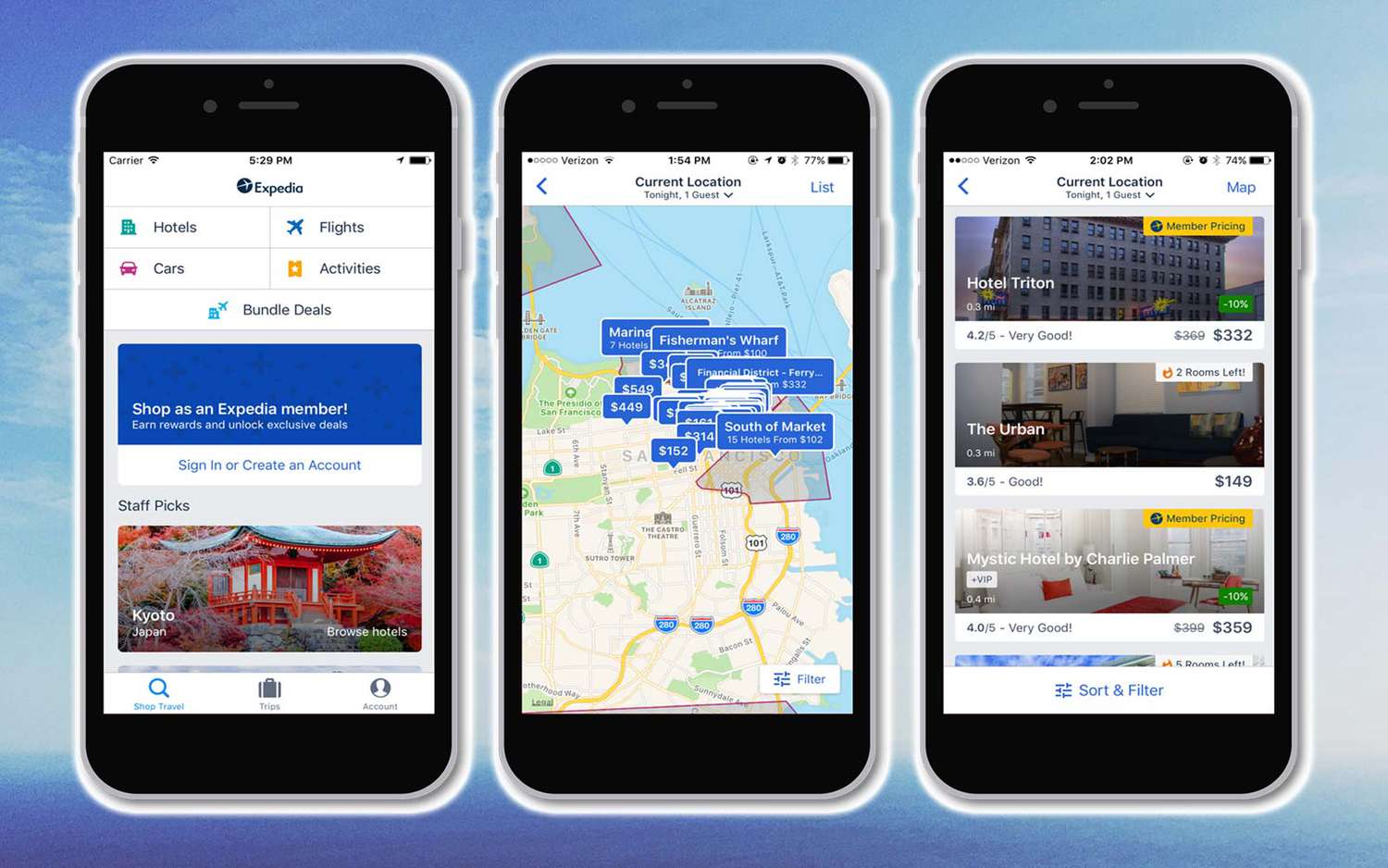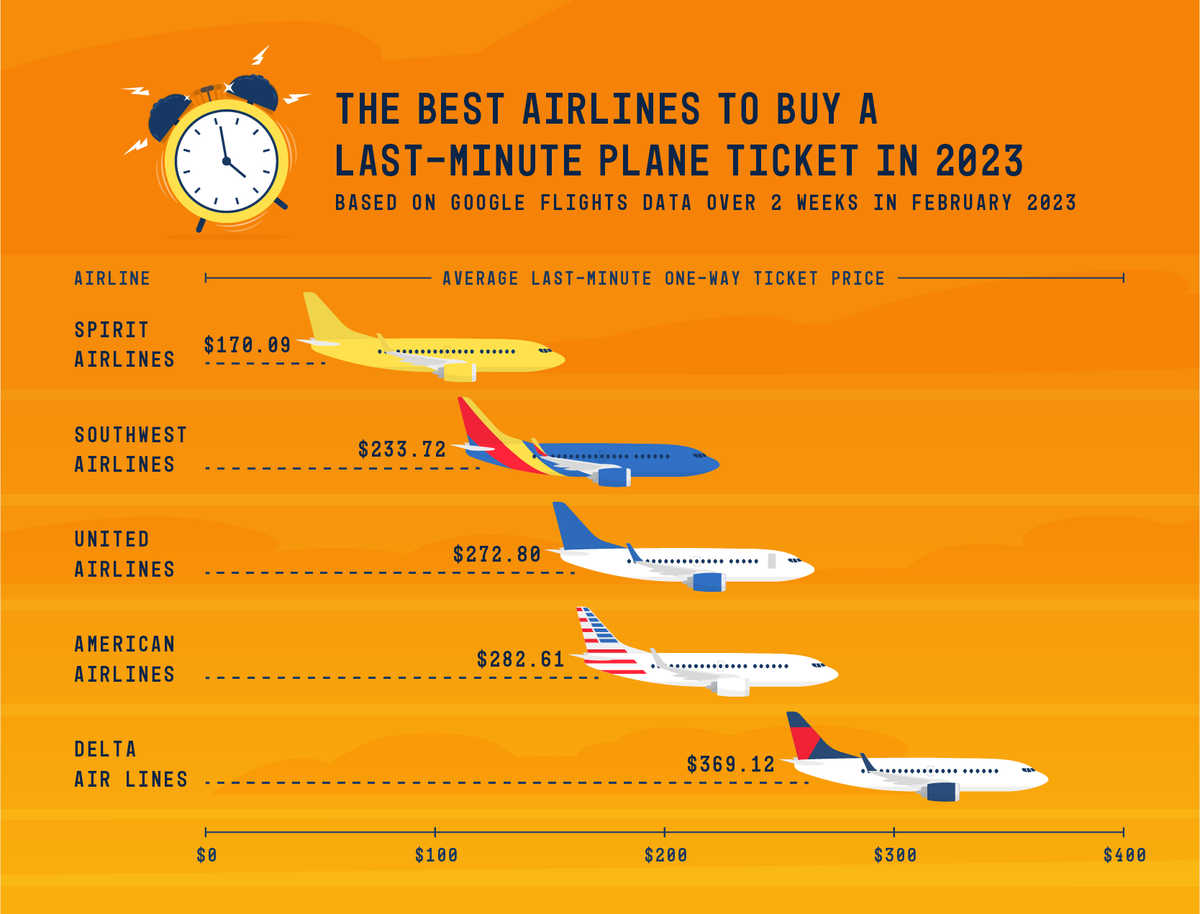
Seated at airport gates, you might wonder why some travelers snap up affordable last-minute tickets while others grapple with sky-high prices. Flight availability plays a pivotal role in these contrasting experiences. Flight schedules, unforeseen events, and fluctuating demand contribute to a dynamic environment where airfare becomes as unpredictable as the weather.
Historically, airlines have balanced pricing based on available seats, often hiking prices as the departure date looms closer. A limited number of open seats can trigger these price surges, especially during peak travel seasons. However, a 2022 study found that mid-week flights maintain better availability and lower last-minute prices, offering a strategic solution for savvy travelers. Understanding this delicate interplay can empower experts to maximize savings for their clients.
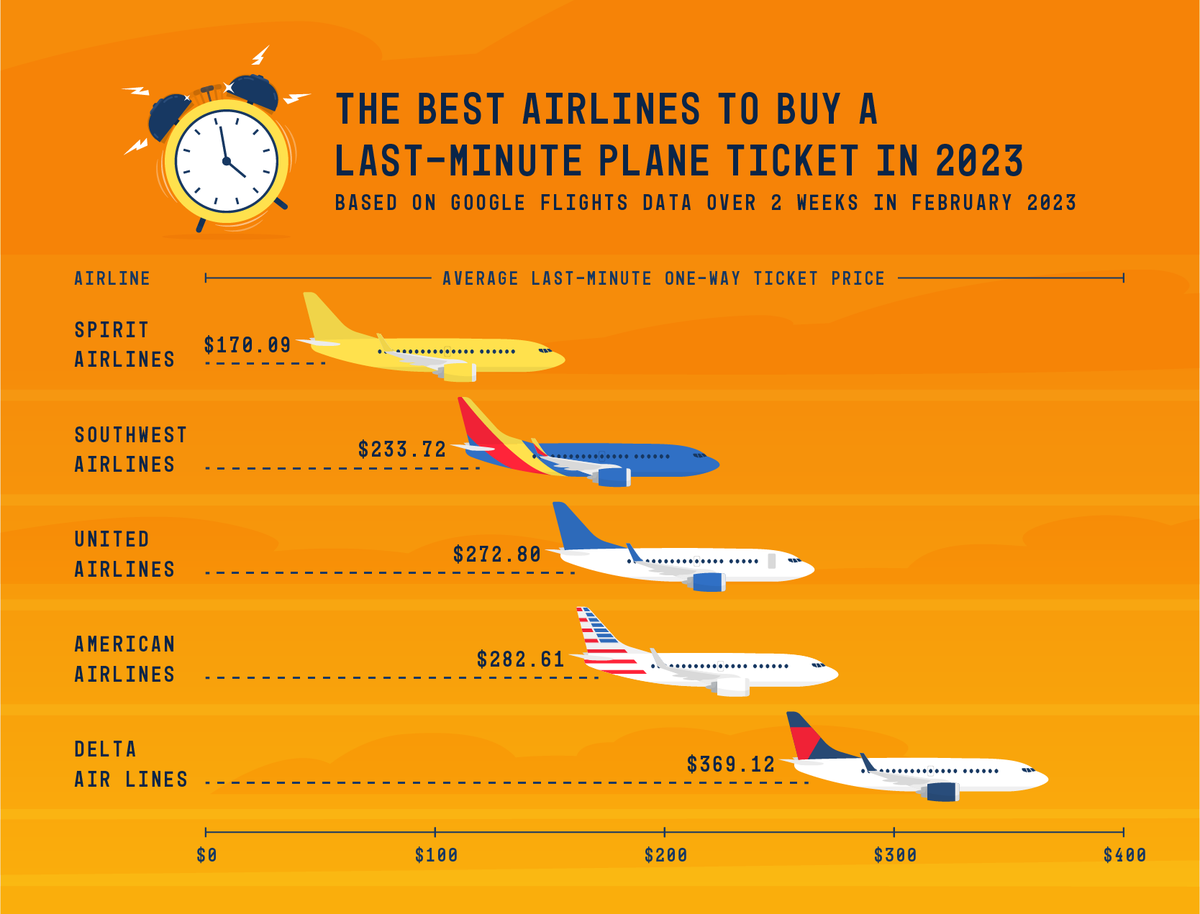
Understanding Flight Availability and Last-Minute Fares
Flight availability is like a puzzle that airlines piece together. It refers to the number of seats open for booking on a given flight. Many factors influence availability, such as seasonality, special events, and even weather conditions. When seats are scarce, last-minute fares tend to be expensive. However, when a plane has many open seats, airlines might offer discounts to fill them.
Last-minute fares can be tricky. They often confuse travelers who expect prices to drop just before a flight. Surprisingly, fares can skyrocket as the departure date approaches. Airlines predict demand and set prices to maximize revenue. Understanding these trends can help travelers snag better deals.
Airlines use sophisticated systems to manage flight availability. These systems analyze passenger trends and adjust prices. If a flight seems to have too many empty seats, airlines might lower prices temporarily. Conversely, if a flight fills up quickly, prices rise. Knowing when to book can make a big difference in fare costs.
For travelers looking for last-minute deals, timing is crucial. Booking months in advance isn’t always possible, so understanding airline pricing can save money. Travelers can look for flights in the middle of the week when demand is typically lower. Additionally, comparing multiple booking platforms can help identify the best deals. Being flexible with dates and times can also lead to significant savings.
What is Flight Availability?
Flight availability refers to the number of seats airlines have open for passengers on any given flight. It helps travelers understand how many seats are left and what prices to expect. Airlines track availability using complex systems. As the date of the flight gets closer, this availability might change. Tracking these changes can be helpful for passengers looking for last-minute deals.
One key factor affecting availability is how airlines plan their routes. Airlines consider several elements like weather, holidays, and special events. These factors can cause changes in how many flights they offer in a certain period. If an airline expects high demand, they might add more flights. On the other hand, low demand could mean fewer options and increased fares.
Airlines also consider flight availability when setting prices. If a flight has many empty seats, an airline might offer lower prices to attract more passengers. List of factors that impact flight availability includes sudden weather changes, unexpected cancellations, or a surge in demand. Understanding these factors helps travelers make wise booking decisions.
Knowing about flight availability can help make travel planning easier. Travelers can check different booking platforms to see the availability of seats. Websites show which days have more open flights, often offering cheaper fares. Being mindful of these variations allows for spotting better deals. Flexibility in travel dates and destinations can further enhance this advantage.
Fluctuation of Last-Minute Fares due to Flight Availability
The ups and downs in last-minute fares often surprise travelers. These changes are closely linked to flight availability. When there are many empty seats, airlines may drop prices to fill them up. Conversely, if seats are limited, prices can soar quickly. Monitoring these fluctuations helps passengers find better deals.
Airlines constantly evaluate how flights are selling. If a flight isn’t filling as expected, prices might decrease to attract more bookings. Important factors like weather conditions, political events, or unexpected demand shifts can alter plans. This information is vital for both airlines and travelers. Knowing what influences these factors can make a significant difference.
An interesting aspect of fare fluctuation is seen during peak seasons. Airlines predict higher demand and often raise prices. During off-peak times, the opposite happens, and lower prices can be found. To better understand these patterns, one can look at data from previous years. Watching these trends can inform better timing for ticket purchases.
Travelers can take advantage of fare fluctuations with a bit of planning. By being flexible with dates and times, they have better chances of finding lower prices. Booking apps and websites sometimes offer alerts for price drops. Using such tools and maintaining awareness of flight availability can lead to significant savings. Flexibility and timing are crucial for getting the best last-minute deals.
Factors Impacting Flight Availability
Flight availability can be influenced by various factors. A major factor is seasonal demand, where certain times of the year see more travelers. Holidays and vacation seasons often result in higher demand for flights. This can lead to fewer available seats. Airlines adjust their schedules accordingly to accommodate these changes.
In addition to seasons, weather conditions play a crucial role. Severe weather can disrupt flight schedules and lead to cancellations. Such disruptions affect the number of flights airlines can offer. Passengers should stay informed about weather forecasts. This can help them plan their travel better and avoid sudden changes.
Economic conditions also impact flight availability. During economic downturns, people travel less, which can result in more open seats. Conversely, a booming economy encourages more travel, reducing available seats. Airlines adjust their pricing strategies based on these economic shifts. Understanding these economic influences can assist in predicting flight trends.
Airline operations and policies further dictate availability. Decisions on which routes to prioritize or cut affect the number of flights. This involves looking at passenger demand, costs, and competition. Strategically, airlines may reduce flights with low demand or introduce new ones to capture market interest. Staying updated on airline announcements can benefit frequent travelers.
Unexpected events, like political unrest or global pandemics, can severely limit availability. Such situations lead to widespread travel restrictions and fewer flights. These circumstances often result in last-minute schedule changes. For travelers, keeping an eye on global news helps anticipate these impacts. Flexibility and readiness to adapt are essential during such times.
Case Studies: Flight Availability and Last-Minute Fares
Examining real-world examples of flight availability and last-minute fares reveals intriguing insights. One case involves the holiday season rush in December. During this period, seat availability diminishes rapidly due to high demand. As a result, airlines raise fares significantly. Passengers often find themselves paying double for last-minute tickets.
Another interesting case study comes from a major sporting event, like the Olympics. Such events bring a surge in travelers to specific locations. This surge decreases flight availability, prompting a spike in ticket prices. Airlines sometimes add extra flights to handle the increased demand. Even then, finding a seat can be challenging.
Epidemic or pandemic outbreaks offer another perspective. During health crises, many flights get canceled, reducing seat availability. Surprisingly, airlines may even lower fares on remaining flights to encourage travel. However, health and safety concerns usually keep demand low. This situation creates an unpredictable market.
Natural disasters such as hurricanes or volcanic eruptions have their own impact on flights. Airports may shut down, leading to last-minute cancellations and fewer available flights. Consequently, last-minute fares for alternate routes or dates skyrocket. Travelers must adapt quickly and sometimes choose unconventional paths. Monitoring such scenarios helps in anticipating these challenges.
Comparing these scenarios provides valuable lessons for travelers. Different events affect ticket availability and pricing uniquely. Being aware of such patterns can aid in more effective travel planning. Staying informed about global events ensures travelers are better prepared. Flexibility remains key in navigating these fluctuations.
Strategies to Tackle High Last-Minute Fares
Navigating the world of high last-minute fares requires smart strategies. One effective approach is being flexible with travel dates and times. Flying on weekdays or during off-peak hours can drastically reduce costs. Booking platforms often offer cheaper fares for early morning or late-night flights. This flexibility ensures you’re not overpaying.
Using price comparison tools is another smart strategy. Websites and apps let travelers compare prices from multiple airlines. Some even provide alerts for fare drops, helping you nab deals as they appear. Additionally, booking through these platforms can reveal hidden discounts. Knowing where to look saves money and time.
Consider alternate airports when booking flights. Nearby airports sometimes offer cheaper flights than major hubs. Driving a bit further to a smaller airport can lead to significant savings. Travelers should weigh ticket savings against travel time and cost. This method broadens options and can uncover lesser-known routes.
Loyalty programs also offer opportunities to save on last-minute fares. Frequent flyer miles can be used to cover part or all of ticket costs. Many airlines offer bonus miles during special promotions. Signing up for airline newsletters can keep you informed about these deals. Loyalty can thus turn high fares into affordable adventures.
Last-minute deals from travel agencies or websites might surprise you. Some agencies specialize in reduced, last-minute offers. They purchase unused seats at discounted rates and pass the savings on to travelers. Keeping an eye on such deals can lead to unexpected vacation options. Sometimes spontaneity pays off in big ways.
Frequently Asked Questions
Understanding flight availability and its impact on last-minute fares can often be confusing. These questions aim to clarify common doubts and provide insights into the strategies airlines use.
1. Why do flight prices change frequently?
Flight prices change due to several factors such as demand, seasonality, and airline competition. Airlines use advanced algorithms to analyze data and predict passenger behavior, which helps them set dynamic prices. As the departure date approaches, airlines adjust fares based on seat availability and market demand.
The real-time tracking of bookings allows airlines to fluctuate prices to fill flights efficiently. Additionally, holidays, major events, and weather conditions can impact fare fluctuations. By understanding these factors, passengers can better plan their travel and secure lower prices.
2. How can travelers find cheaper last-minute fares?
Finding lower last-minute fares often involves being flexible with travel dates and times. Booking apps and websites offer alerts for sudden fare drops, which can be beneficial. Being open to flying at unconventional times like early morning or late night can also result in savings.
Additionally, considering alternate airports and nearby destinations can uncover hidden deals. Loyalty programs and last-minute travel agencies may also present opportunities for reduced fare options. With strategic planning, travelers can still find affordable last-minute options.
3. What role do travel seasons play in flight costs?
Travel seasons significantly affect flight costs, with high seasons seeing increased demand and pricing. During holidays and vacation periods, airlines often experience a surge in travelers, reducing seat availability and raising fares. Conversely, during off-peak seasons, more seats might be available at reduced rates.
The variations in demand across seasons make it essential for travelers to consider timing for booking flights. Planning travel during lower demand periods can result in significant cost savings. Flexibility with dates allows passengers to take advantage of these seasonal fluctuations effectively.
4. How do airlines determine frequent flyer status benefits?
Frequent flyer status benefits are determined by the number of miles flown or money spent with an airline. Tiered loyalty programs offer passengers rewards, such as upgrades, priority boarding, and free checked bags. Frequent flyers accumulate points that can be redeemed for various benefits.
The more one travels with an airline, the higher the status level achieved, offering more perks. Regular traveling on partner airlines within alliances may also contribute to status benefits. Understanding the structure of these programs assists in maximizing travel rewards.
5. What is the impact of airline alliances on flight availability?
Airline alliances impact flight availability by offering passengers a broader network of routes and destinations. These alliances are partnerships between multiple airlines that allow them to share routes, codes, and services. By collaborating, airlines can provide more flight options to travelers.
These partnerships also streamline connections and improve the efficiency of flight schedules. Passengers benefit from access to more flights, loyalty programs, and services. Through alliances, airlines optimize resources, which can indirectly affect fares and availability.
Conclusion
Navigating the intricate relationship between flight availability and last-minute fares requires strategic planning and keen awareness. As airlines employ advanced algorithms and adjust pricing based on demand, understanding these patterns is key. Travelers who remain flexible and informed about variables such as seasons and unexpected events can secure better deals.
As airlines continue to refine their pricing strategies, experts and travelers alike must adapt their approaches. Leveraging insights into flight availability and fare dynamics can lead to substantial savings and more efficient travel planning. Continuous learning and adaptability remain essential tools in mastering the ever-evolving landscape of air travel.


